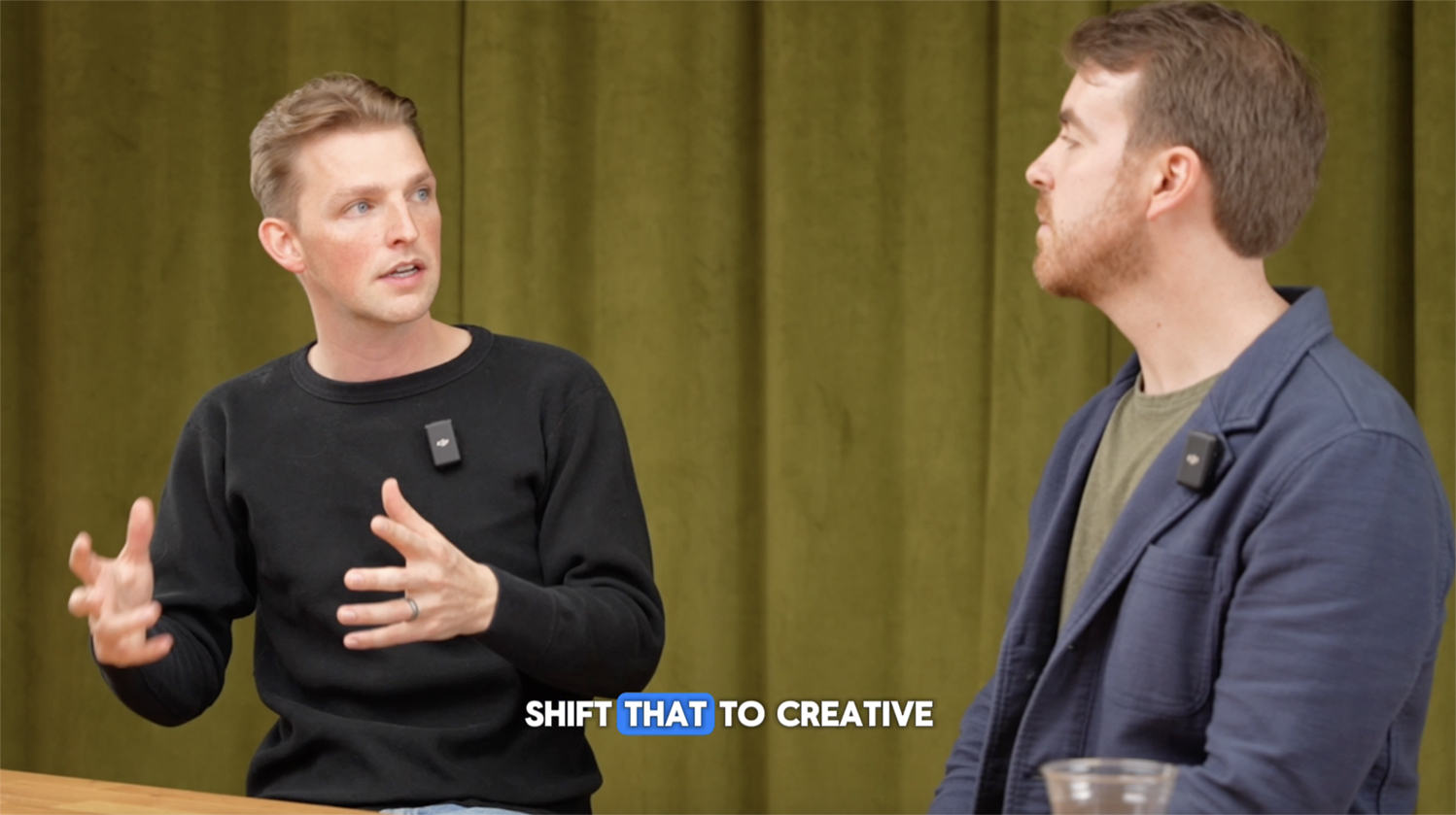In the world of commerce, brands are always looking for ways to scale. More traffic, bigger budgets, and aggressive ad campaigns seem like the natural path to growth. But what if we told you that spending more on ads might not be the best first move?
Because here’s the truth: ads are only as good as the pages they lead to.
If you’re driving traffic to a product detail page (PDP) that isn’t built to convert, every dollar you spend is at risk of being wasted. A shopper clicks through, lands on the page, and within seconds, decides to leave. That’s a lost sale—and an inefficient ad spend.
So before you ramp up your budget, let’s talk about where that money might be better spent first.
Why Your Product Pages Matter More Than Your Ad Spend
Retail media has never been more competitive. With brands across categories bidding for the same ad space, costs are rising. The brands that win aren’t necessarily the ones with the biggest budgets—but the ones that have the highest conversion rates.
Here’s why your PDP optimization directly impacts your ad performance:
High bounce rates kill efficiency – If shoppers land on your page and leave immediately, your cost per acquisition (CPA) skyrockets.
Retailer algorithms prioritize conversions – Amazon, Walmart, and Target all favor products with higher conversion rates, rewarding them with better organic visibility.
More conversions = lower customer acquisition cost – The better your pages convert, the more efficient your ad spend becomes.
The brands that recognize this are rethinking their approach. Some are even pressing pause on their ad spend for a short period—redirecting that budget to PDP improvements first.
What Makes a High-Converting PDP?
If you’re going to invest in optimizing your product pages, where should you focus? These are the areas that drive the biggest impact:
1. Best-in-Class Product Images & Videos
Shoppers buy with their eyes first. If your images aren’t high-resolution, informative, and engaging, you’re losing potential customers before they even read your product description.
- Include multiple angles to showcase product details.
- Lifestyle images help customers visualize the product in use.
- Short videos increase engagement and trust.
2. Clear, SEO-Optimized Titles & Descriptions
Your product title should be informative, keyword-rich, and easy to scan. Meanwhile, your description should highlight key benefits—not just features.
- Front-load essential details (brand, product type, key benefits).
- Use bullet points to make product features scannable.
- Incorporate keywords naturally to improve organic rankings.
3. Strong A+ Content / Enhanced Brand Content (EBC)
On platforms like Amazon, A+ Content is a game-changer. It allows you to add more visuals, comparison charts, and enhanced storytelling to convert hesitant shoppers.
- Use comparison charts to show why your product stands out.
- Tell a brand story to differentiate from competitors.
- Break down complex information into easy-to-digest sections.
4. Reviews & Social Proof
Customers trust other customers. If you’re not actively managing your reviews and encouraging satisfied buyers to leave feedback, you’re missing out on a major trust signal.
- Respond to negative reviews to show strong customer service.
- Use Q&A sections to address common shopper concerns.
- Incentivize post-purchase reviews (within retailer guidelines).
5. Mobile-Optimized UX
More than half of online shopping happens on mobile. If your page isn’t optimized for smaller screens, you’re losing conversions.
- Shorten text-heavy sections for easy reading.
- Ensure fast load times to reduce bounce rates.
- Use tappable images and clear CTA buttons.
The Smartest Ad Strategy? Optimize First, Scale Later.
Instead of throwing more money into ad spend and hoping for better results, consider this approach:
- Audit your PDPs – Identify where shoppers drop off and what improvements are needed.
- Pause or reduce ad spend (temporarily) – Shift budget to creative, content, and optimization.
- Improve conversion drivers – Update images, refine copy, and enhance brand content.
- Relaunch ads with a stronger foundation – Once PDPs are optimized, reallocate ad budget and measure improved ROAS.
By doing this, brands we work with have seen conversion rates jump without increasing their ad spend. In many cases, the same budget went 20-30% further simply because the pages were better equipped to turn clicks into sales.
Final Thought: Are Your Ads Working Against You?
If your ads are driving traffic but not leading to conversions, the answer isn’t always spend more. Sometimes, it’s spend smarter.
The next time you think about increasing your budget, ask yourself:
- Would this money be better spent improving my product pages first
- Do I know my PDPs are built to convert at the highest rate possible?
- Am I maximizing every dollar I put into retail media?
Because in commerce, a great product page makes every ad work harder. And that’s a strategy that never stops paying off.
Need help optimizing your PDPs before scaling ad spend? Let’s talk.
